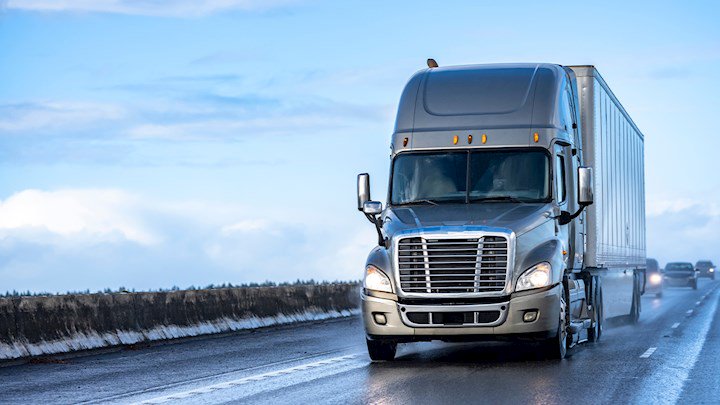The US Department of Transportation (USDOT) actually requires it, and you won't get far without it. Pretty much every part of the process of getting a commercial trucking business off the ground requires proof that your trucks, drivers and cargo are insured. Without it, corporations won't give you their cargo, and the government won't let you run. But what are the requirements for these varying levels of coverage?
You might just be in the early stages of getting a transportation business off the ground. What parts of the process come before acquiring this essential coverage, and what can you wait to do until after? Although it may sound complicated, it's simpler than you might think.
Main Requirements for Acquiring Insurance
First of all, you need to make sure you have the correct type of commercial licenses to match the loads your employees will be carrying. Most trucking companies regularly transport loads over the commercial driver's license (CDL) limit, making it essential for drivers to have the right type of CDL to secure insurance.
Class A CDLs allow the driver to drive vehicles with a gross combination weight rating (GVWR) of over 26,000 pounds. This CDL is the most basic and endorses drivers to operate a wide variety of heavyweight trucks and equipment.
Class B and Class C CDLs build on this foundation, allowing drivers to transport more-difficult-to-drive vehicles, potentially with more dangerous loads. For example, to transport more than 16 people or carry materials classified as hazardous (hazmat) under federal law, you must have a Class C CDL. As the difficulty of operation and potential environmental damage caused by a crash rises, so does the CDL training requirement. Insurers will need to know what kinds of loads you'll be carrying and which classes of CDL you hold to properly cover you.
Authority to Operate
Another key requirement for securing commercial trucking insurance is your authority to operate. Before you apply for insurance, the Federal Motor Carrier Safety Administration (FMCSA) must certify you to transport passengers or commercial goods across state boundaries. Most commercial trucking companies will only need a motor carrier (MC) number, although FMCSA issues other certifications.1
US DOT Numbers
A US Department of Transportation (DOT) number is another requirement for securing trucking insurance. Also issued through the FMCSA, a DOT number is required for a large range of trucks and commercial vehicles and proves that the DOT has approved the vehicle and driver to travel on interstate roadways in the US.2 While most states also have specialized requirements for earning DOT numbers, the federal agencies run this process, ensuring that drivers and trucks will be able to safely travel to wherever they're going.
Vehicle Specifics
The last element you'll need to pursue transportation insurance is the vehicle identification number (VIN) and specifics for each of the trucks in your fleet. Different vehicles will require different policies, and it's important to have this information on hand. Insurance brokers will need these four things before they can direct you to the right types of policies:
Different states and jurisdictions may have unique rules about how to insure older vehicles. What's more, some states have more checks, such as emissions tests or full vehicle inspections. Make sure that you check regulations in the state that you are based in to ensure you're following all the requirements.
Prepping your fleet to be insured can be complicated, but it's an important part of the process of running a trucking/transportation business. Most of these regulations exist to make sure you don't accidentally get ahead of yourself and insure an expensive shipment incorrectly, potentially exposing your company to damages.
With these essential requirements finished, you can easily secure transportation insurance for your company.
Sources
1"Get Authority to Operate," Federal Motor Carrier Safety Administration, updated 6 Dec 2021.
2"Do I Need a USDOT Number?" Federal Motor Carrier Safety Administration, updated 28 Oct 2022.




